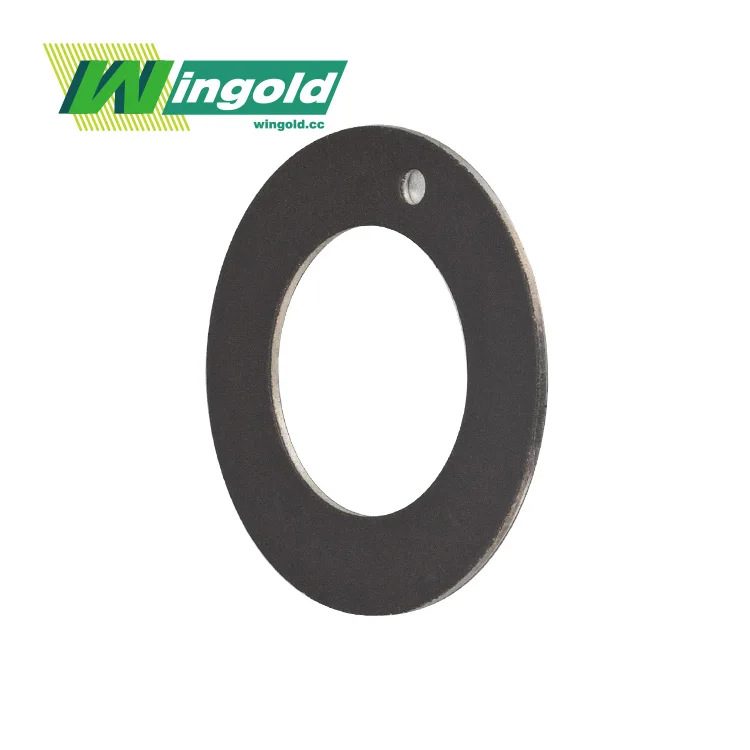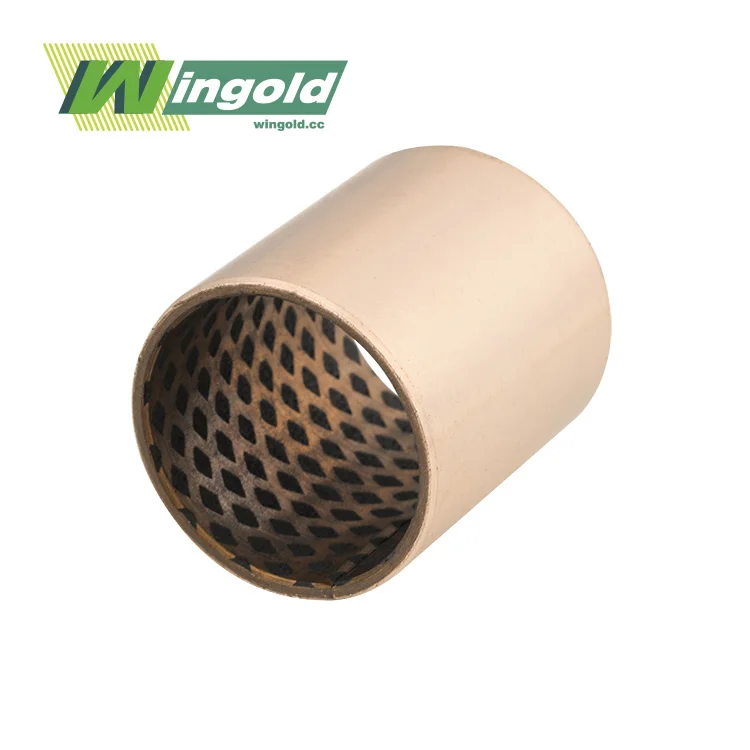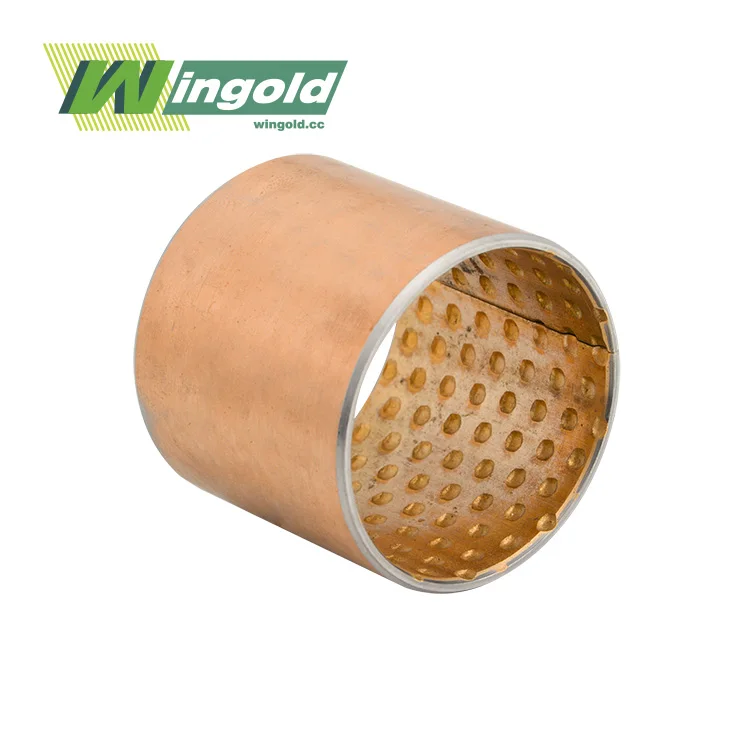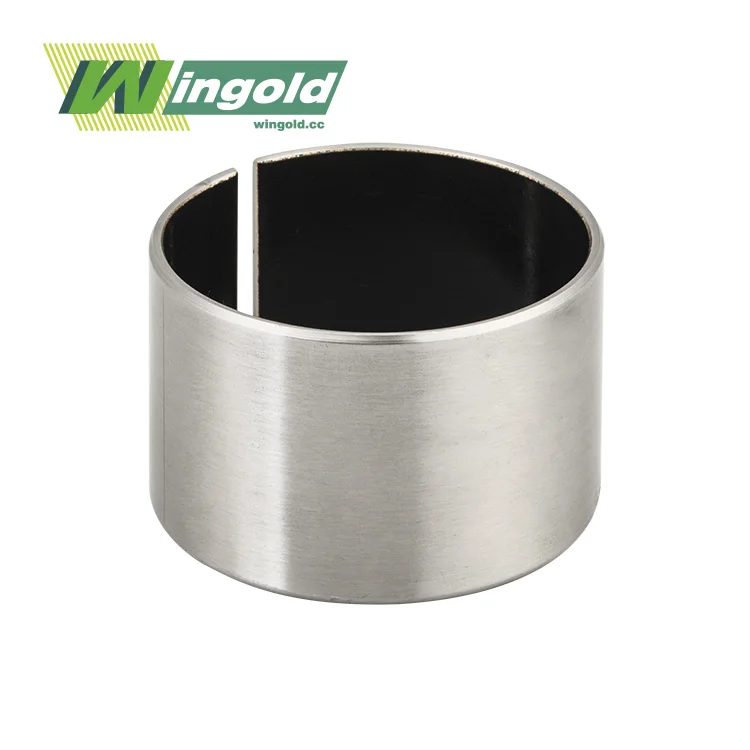 The Composition and Structure of Bimetallic Bushings
The Composition and Structure of Bimetallic Bushings
Material Selection for Optimal Performance
Bimetallic bushings are engineered with great precision, and the choice of materials plays a decisive role in their performance, reliability, and service life. The outer layer is generally made from high-quality low-carbon steel, which provides the structural strength and rigidity necessary to withstand heavy loads and mechanical stress. The inner bearing layer is composed of alloys specifically chosen for their friction-reducing and wear-resistant properties.
These include copper-lead alloys such as CuPb10Sn10, CuPb6Sn6Zn3, CuPb24Sn4, or CuPb30, aluminum-tin alloys like AlSn20Cu, or bronze alloys such as CuSn8Ni. Each alloy delivers distinct tribological benefits: copper-lead offers excellent thermal conductivity and load capacity, aluminum-tin provides superior embedability and conformability, and bronze ensures strong corrosion resistance. The selection depends on the operating environment and intended industrial application.
Manufacturing Processes for Enhanced Bonding
The manufacturing process of bimetallic bushings is just as important as material selection, as it ensures a strong and durable bond between the steel backing and the bearing alloy layer. Advanced production methods such as sintering and extrusion are widely applied to optimize bonding quality. Typically, the process begins with sintering the bearing alloy, such as copper-lead, onto the steel substrate. This is followed by secondary sintering, which strengthens the metallurgical bond and enhances structural integrity.
A subsequent secondary extrusion step further improves the load-bearing capacity and dimensional accuracy of the bushing. Together, these steps create a robust, uniform interface that prevents delamination even under severe operating conditions. In addition, the sintering process enables the formation of a porous structure in the alloy layer, which serves as a reservoir for lubricants, reducing friction and enhancing long-term wear performance.
Friction Reduction Mechanisms in Bimetallic Bushings
Surface Engineering for Reduced Friction
The surface of bimetallic bushings can be engineered to incorporate various friction-reducing features. These may include:
- Oil grooves: Channels machined into the bearing surface to distribute lubricant
- Oil holes: Perforations that allow lubricant to reach the bearing surface
- Dimples or pockets: Small recesses that act as lubricant reservoirs
These surface modifications promote the formation and maintenance of a hydrodynamic lubricant film, which is essential for minimizing friction during operation. The design of these features is tailored to the specific application and operating conditions of the bimetallic bushing.
Tribological Properties of Bearing Alloys
The bearing alloys used in bimetallic bushings possess unique tribological properties that contribute to friction reduction:
- Low shear strength: Allows for easy deformation of surface asperities, reducing friction
- High thermal conductivity: Facilitates efficient heat dissipation, preventing localized overheating
- Self-lubricating characteristics: Some alloys can form a transfer film on the mating surface, further reducing friction
These properties work in synergy to minimize friction and wear, even under challenging operating conditions. The combination of a soft bearing layer with a strong steel backing allows bimetallic bushings to maintain their friction-reducing properties while withstanding high loads and temperatures.
Applications and Benefits of Bimetallic Bushings in Various Industries
Diverse Industrial Applications
Bimetallic bushings find applications across a wide range of industries due to their superior friction-reducing properties. Some key sectors include:
- Automotive: Used in engine components, suspension systems, and steering mechanisms
- Heavy machinery: Applied in construction equipment, agricultural machinery, and mining equipment
- Marine: Utilized in propeller shafts, rudder systems, and deck equipment
- Aerospace: Employed in landing gear, flight control systems, and engine mounts
- Industrial machinery: Used in pumps, compressors, and material handling equipment
In each of these applications, bimetallic bushings offer the advantage of reduced friction, which translates to improved efficiency, reduced energy consumption, and extended component life.
Performance Advantages in Challenging Environments
Bimetallic bushings excel in environments where traditional bearings may struggle. Their unique properties provide several advantages:
- High load capacity: Can withstand loads up to 250 MPa
- Wide temperature range: Operational from -40°C to 280°C
- Corrosion resistance: Certain alloy compositions offer excellent resistance to harsh environments
- Low maintenance: Self-lubricating properties reduce the need for frequent lubrication
- Extended lifespan: Reduced friction and wear lead to longer component life
These advantages make bimetallic bushings an ideal choice for applications where reliability, durability, and performance are paramount. The ability to operate in challenging conditions while maintaining low friction coefficients (typically between 0.02 and 0.08) sets bimetallic bushings apart from conventional bearing solutions.
Conclusion
Bimetallic bushings represent a significant advancement in friction reduction technology. Their unique composition, structure, and surface engineering allow for superior performance across a wide range of applications and operating conditions. By combining the strength of steel with the tribological properties of specialized bearing alloys, these bushings offer a robust solution to the challenges of friction and wear in modern machinery.
As industries continue to demand higher efficiency and reliability from their equipment, bimetallic bushings will play an increasingly important role. Their ability to enhance friction reduction while withstanding harsh environments makes them an invaluable component in many industrial applications.
For more information on how bimetallic bushings can benefit your specific application, or to discuss customized solutions, please contact Wingold Bearing at info@wingold.cc. Our team of experts is ready to help you optimize your machinery's performance with our advanced bimetallic bushing technology.
FAQ
What is the typical lifespan of a bimetallic bushing?
The lifespan varies depending on the application and operating conditions, but properly designed and maintained bimetallic bushings can last for several years or even decades.
Can bimetallic bushings operate without lubrication?
While many bimetallic bushings are designed for lubricated operation, some compositions can operate in dry or marginally lubricated conditions for extended periods.
How do I choose the right bimetallic bushing for my application?
Selection depends on factors such as load, speed, temperature, and environmental conditions. Consulting with a bearing specialist is recommended for optimal selection.



